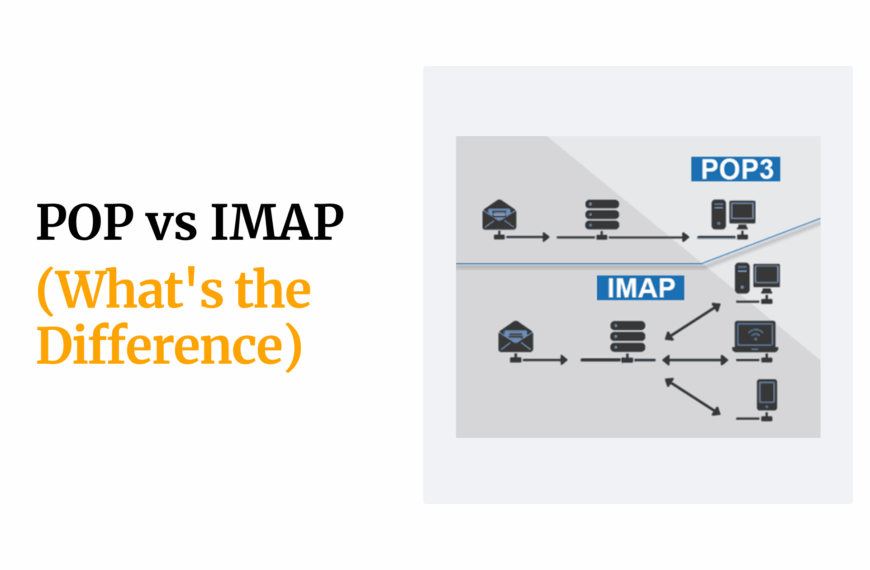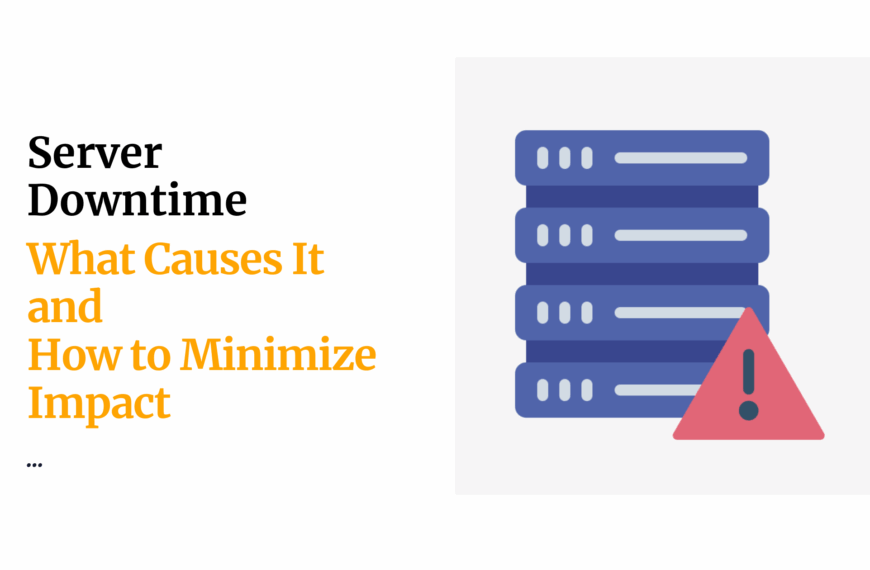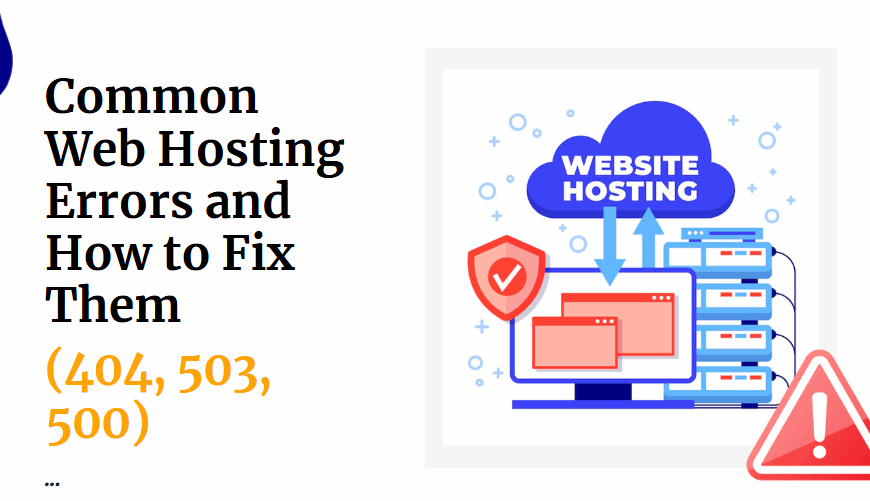You might have found yourself fumbling to recall your server name while staring at your cPanel screen at 2 a.m., determined to put out yet another digital fire.
If you’ve ever sighed at the thought, “Can’t this just be easier?” you’re in good company.
The moment something minor goes sideways—like an email acting stubborn, a DNS record lurching in the wrong direction, or the support team replying with “your hostname is…”—that feeling sinks in: a simple server name could save the night.

Load shedding flickers the lights just as your sites flicker offline, and, with the pressures of POPIA-compliant data storage, trivial questions suddenly grow legs and run off with your precious customer traffic.
That’s exactly why in this guide we’re parking the technicalities and giving you the exact route to grab your server name inside cPanel.
We’ll do this with the very screens you’ll be clicking on laid out for Truehost subscribers across every South African time zone.
You want basics, we got you. You can handle the advanced tweaks, we still got those.
Anything to help you get your server name sorted like a pro.
Here’s what lies ahead:
- We define a server name (and how it differs from nameservers or IP addresses)
- A foolproof guide to locating it in cPanel, with Truehost-specific shortcuts
- Troubleshooting pesky issues
- Advanced tips
- Answers to common questions
- Why Truehost makes this easier for South Africans
So, fire up cPanel, take a breath, and let’s name that server!
Table of Contents
How Does a Server Name Differ from a Nameserver, DNS, or IP Address?
So, what do we mean by a server name?
To put it in simple terms that we can all comprehend, we could say it’s the unique identifier for the computer (or server) where your website’s files live.
Think of it as your site’s home address in the digital world.
For example, a server name might look like servername112.
Note this: it’s not the same as your domain name (like onlinebusinesses.co.za), but it points everything in the right direction.
Same as an IP address?
And no, a server name isn’t an IP address—though they’re related.
An IP address is like a phone number (e.g., 192.168.1.1), while the server name is a more readable label that resolves to that number.
Same as a nameserver?
Now, let’s clear up a common mix-up: a nameserver.
Nameservers (often abbreviated as NS) are like traffic directors for your domain.
They are servers that handle queries about the location of the domain name’s various services by translating human-readable domain names (like google.com) into the numerical IP addresses that computers use to communicate online.
They tell the internet where to find your server name and files.
For instance, Truehost might use nameservers such as ns1.truehost.co.za and ns2.truehost.co.za.
Are nameservers and DNS the same?
Not quite—DNS (Domain Name System) is the broader system that includes nameservers, which handle the actual routing.
And is a nameserver the same as a server name?
Nope; the server name identifies the hosting machine, while nameservers manage how domains connect to it.
cPanel?
cPanel fits into this as your control center—a user-friendly dashboard that enables to handle all these with renowned simplicity.
Hosts like Truehost bundle it with affordable plans starting from just a few rands, perfect for our SA market where every cent counts amid economic pressures.
cPanel runs on servers using software like Apache or LiteSpeed (which Truehost often employs for faster loading times—crucial when SA internet can be spotty).
For businesses like Mr Price, who rely on quick online access, knowing these basics means quicker fixes and compliance with POPIA, ensuring your data stays local and secure.
Am going to use this comparison table to make everything clearer:
| Term | Description | Example | What’s the Deal for SA Users |
| Server Name | Unique name of your hosting server | servername112.truehost.co.za | Helps with support tickets and troubleshooting during load shedding. |
| Nameserver | This is a server that directs domain traffic to your server’s location | ns1.truehost.co.za | Ensures low-latency connections for local visitors. |
| IP Address | Numerical address of the server | 197.254.1.1 | Useful for advanced setups, but watch for shared IPs on budget plans. |
| DNS | The whole system that translates domains to IPs | N/A (it is a process) | Keeps your site visible globally while adhering to SA data laws. |
Now that we know exactly what a server name is, next is finding it in cPanel.
Finding Server Name and Related Details in cPanel
Alright, let’s roll up our sleeves and get practical.
If you’ve ever felt like Charlize Theron prepping for a big role—nervous but excited about nailing it—this section is your script.
It’s simply about finding your server name in cPanel, step by step, with Truehost twists to make it SA-friendly.
A freelancer in Soweto or running a site like Superbalist, these methods will have you sorted in minutes.
1) Accessing cPanel
How do you access your cPanel server?
It’s easier than you think with Truehost.
Start by logging into your Truehost client area.

Use your email and password—if you signed up with local bank transfer, it’s seamless.
Once in, click “Services” then “My Services,” find your hosting package, and hit “Login to cPanel.”
Alternatively, go to the cPanel login page by typing the cpanel login URL.
Pro tip for South Africans: During load shedding, use your phone’s hotspot or our Truehost’s mobile-optimized client area to avoid interruptions.
2) Finding Your Server Name
How to check the server name in cPanel? Or, as many ask, how do I find out what my server name is?
- After logging in, look at the right sidebar under “General Information.” You’ll see “Server Information” listed—click it.
- A page loads with details like Processor Name, Memory Usage, and your Server Name. Jot it down.
- If it’s not obvious, scroll to the “Hostname” or “Server Name” fields—they’re often interchangeable here.

3) Finding Nameservers
How to get nameserver in cPanel?
- From the cPanel home, search for “Advanced DNS Zone Editor” in the top search bar.
- Select your domain from the dropdown and click “Manage.”
- Look for NS records—they’ll list nameservers like ns1.truehost.co.za and ns2.truehost.co.za.
- Bonus: In Truehost’s client area, check under “Domains” > “My Domains” > “Nameservers” for a non-cPanel view.
4) Finding Server IP Address
How to find the server IP address in cPanel?
- In “Server Information,” find the “Shared IP Address” or “Dedicated IP” field. For shared hosting (common for budgets under R50/month with Truehost), it’ll be like 197.254.1.1.
- Alternatively, go to the left sidebar, click “Expand Stats,” and spot “Shared IP Address” there.
5) Checking Web Server Type
How to check cPanel web server? And which server does cPanel use?
cPanel itself isn’t a server—it’s software running on one.
- In “Server Information,” look for “Server Software” or “Apache Version.” Truehost often uses LiteSpeed, showing as LiteSpeed/1.7.x.
- For deeper insights, create a PHP file (via File Manager) with <?php phpinfo(); ?>, upload it, and visit yourdomain.com/info.php. Search for “SERVER_SOFTWARE”—it’ll reveal the web server type.
Security warning: Delete that PHP file after use to avoid exposing info. In SA, with rising cyber threats, our Truehost’s built-in firewalls help, but play safe.
So, for your business website in South Africa, you could use these steps to ensure your site runs on optimal servers, avoiding latency for fans and clients searching from places like Joburg.
SA-specific tips: If load shedding hits, save progress—Truehost’s auto-backups are a godsend.
If you’re in a rural area like Limpopo, just use cPanel’s mobile view for ease.
And remember, don’t expose your server name publicly to prevent hacks.
Troubleshooting Common Issues
We’ve all been there: You follow the steps, but your server name is nowhere to be found, or nameservers aren’t updating.
It’s like trying to fix a braai during a storm—frustrating, but fixable.
For South Africans on Truehost, it’s easy-peasy, so let’s tackle it head-on.
Common culprit: Permissions issues. If the server name isn’t visible, you might be on a limited user account.
Solution: Log out and back in as the main admin, or contact Truehost support via their SA hotline (truehost.co.za/contact).
Take a Pretoria bakery owner, similar to Woolworths’ online orders, who faces this when migrating sites—Truehost’s free migration sorts it in hours.
Nameserver woes? If getting a name server in cPanel leads to errors like “Record not found,” check domain propagation (24-48 hours, longer during SA internet hiccups).
Use WhatsMyDNS.net to verify globally. For Provider transplants, ensure you’ve updated to Truehost’s nameservers.
IP address not showing? Refresh the page or clear the cache. If persistent, try incognito mode.
What about those worried about the number name servers?” Most hosts like Truehost use 2-4 nameservers for redundancy (e.g., ns1-ns4).
If you see the “13 nameservers” statement anywhere, it simply refers to global root nameservers managing the internet’s DNS—not something you change.
If all else fails, Truehost’s knowledge base or live chat is gold, available 24/7, unlike international hosts.
In case you’re planning to edit your DNS, remember first to back up your system, just for safety, in situations where you mess things up.
Otherwise, you’ll be back online faster than a Springbok sprint.
Advanced Tips and Best Practices
Ready to level up? If the basics have you confident enough, these next tips will supercharge your cPanel game for Truehost in South Africa.
How to change the server name?
- Log in to your cPanel’s WebHost Manager (WHM).

- Navigate to WHM’s Basic WebHost Manager Setup interface (WHM » Home » Server Configuration » Basic WebHost Manager Setup).”
- Edit the server’s hostname to a new one (e.g., sname112.truehost.co.za as the new name).
- Propagate and test by checking using our initial process in cPanel to confirm new changes.
- If you are unable to edit this, contact our truehost support team to assist you.
SEO implications: A local server name (like Truehost’s ZA-based ones) boosts rankings on google.co.za by improving speed. Pair with Yoast for WordPress sites.
Integrations: Use PHP scripts—e.g., echo $_SERVER[‘SERVER_NAME’]; in a file. For businesses like Capitec, this automates monitoring.
Best practice: Mask server name in emails to hide from spammers. Truehost’s free SSL and malware scans enhance this.
Coupling with Truehost unlocks potential—affordable, reliable, and SA-tuned. Check our hosting plans at truehost.co.za.
Frequently Asked Questions (FAQs)
- What is a nameserver, and is it the same as a server name?
A nameserver directs traffic to your domain’s server; no, it’s not the same—server name identifies the host machine. - How do I find my server IP address in cPanel?
In “Server Information,” look for “Shared IP Address”—quick for DNS setups. - Are nameserver and DNS the same?
DNS is the system; nameservers are part of it, like workers in a factory. - What is a server name example?
Something like server122.truehost.co.za or name.host.com. - How do I access my cPanel server with Truehost?
Via client area login, then “Login to cPanel”—mobile-friendly for SA users. - What are the 4 name servers, and what about 13 name servers?
Hosts use 2-4 for your domain (e.g., ns1-ns4); 13 are global root servers.
Conclusion
We’ve covered a lot—from decoding your server name to tweaking nameservers like a pro.
Now that you are a pro, mastering cPanel with Truehost puts control back in your hands, especially in South Africa’s dynamic digital scene.
Key takeaways? Start with basics, follow the steps, troubleshoot smartly, and advance when ready.
This knowledge saves time, cuts costs, and ensures POPIA compliance while dodging load shedding pitfalls.
Ready to apply it?
Head to truehost for a hosting that fits your specific needs, and sign up today for reliable, local support with free cPanel.
Check our knowledge base for more guides, or reach out via chat.
 Web Hosting
Web Hosting Windows HostingBuilt for Windows apps and websites – stability, speed and flexibility
Windows HostingBuilt for Windows apps and websites – stability, speed and flexibility Reseller HostingLaunch a hosting business without technical skills or expensive infrastructure
Reseller HostingLaunch a hosting business without technical skills or expensive infrastructure Affiliate ProgramRefer customers and earn commissions from sales across our platform
Affiliate ProgramRefer customers and earn commissions from sales across our platform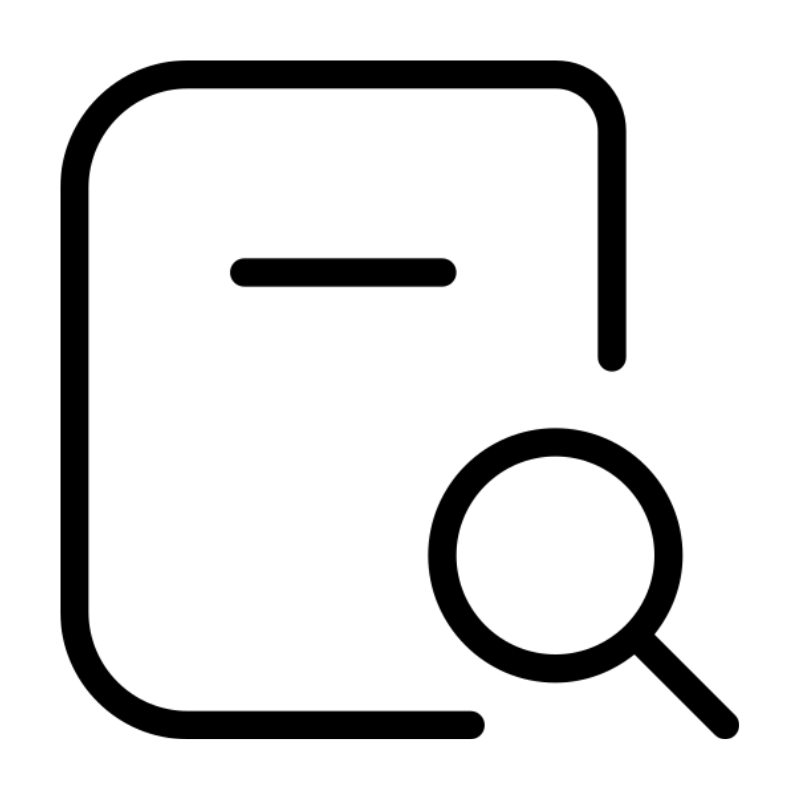 Domain SearchFind and secure a domain name in seconds with our quick lookup tool
Domain SearchFind and secure a domain name in seconds with our quick lookup tool CO ZA Domains
CO ZA Domains All DomainsExplore domain names from over 324 TLDs globally – all in one place
All DomainsExplore domain names from over 324 TLDs globally – all in one place Free Whois Lookup Tool South Africa
Free Whois Lookup Tool South Africa VPS
VPS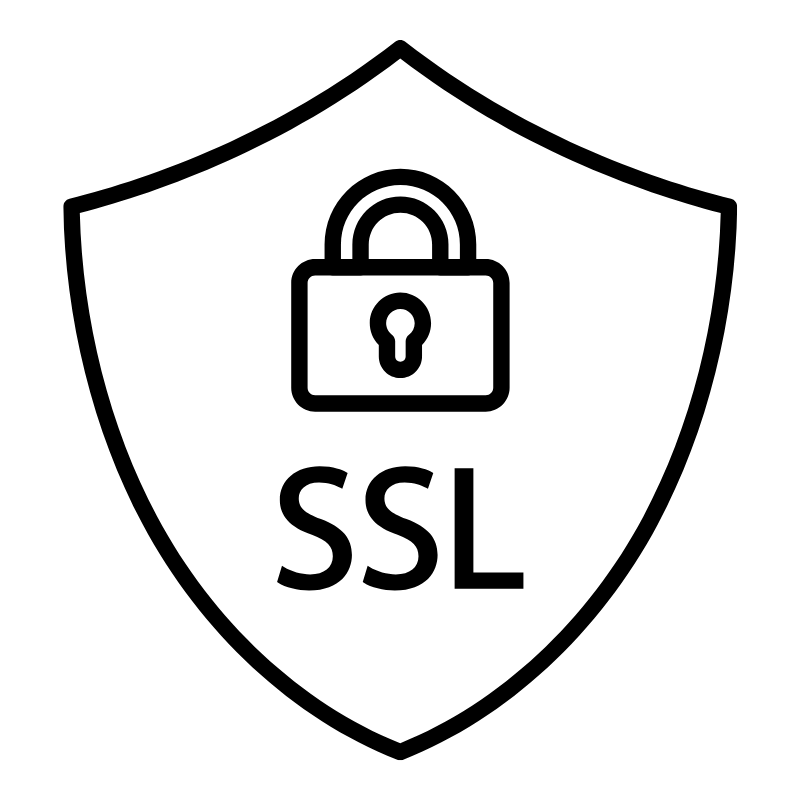 SSLs
SSLs



